Crystal Cave Mexico: Where Crystals Grow to Monstrous Proportions
The Cave of Crystals, located in Chihuahua, Mexico and discovered in 2000, is a magnificent yet dangerous underground cavern. This vast cavern, which measures 30 meters by 10 meters, is adorned from top to bottom with enormous selenite gypsum crystals, some of which are the largest in the world. The tallest crystal stands at a staggering 11.4 meters tall and weighs 12 tonnes.
Despite its beauty, the Cave of Crystals is closed to the public due to the treacherous and potentially deadly conditions inside. With a constant temperature of 58 degrees Celsius and humidity levels between 90 and 99 percent, staying inside unprotected for more than 10 minutes could result in fluid buildup in the lungs and death.
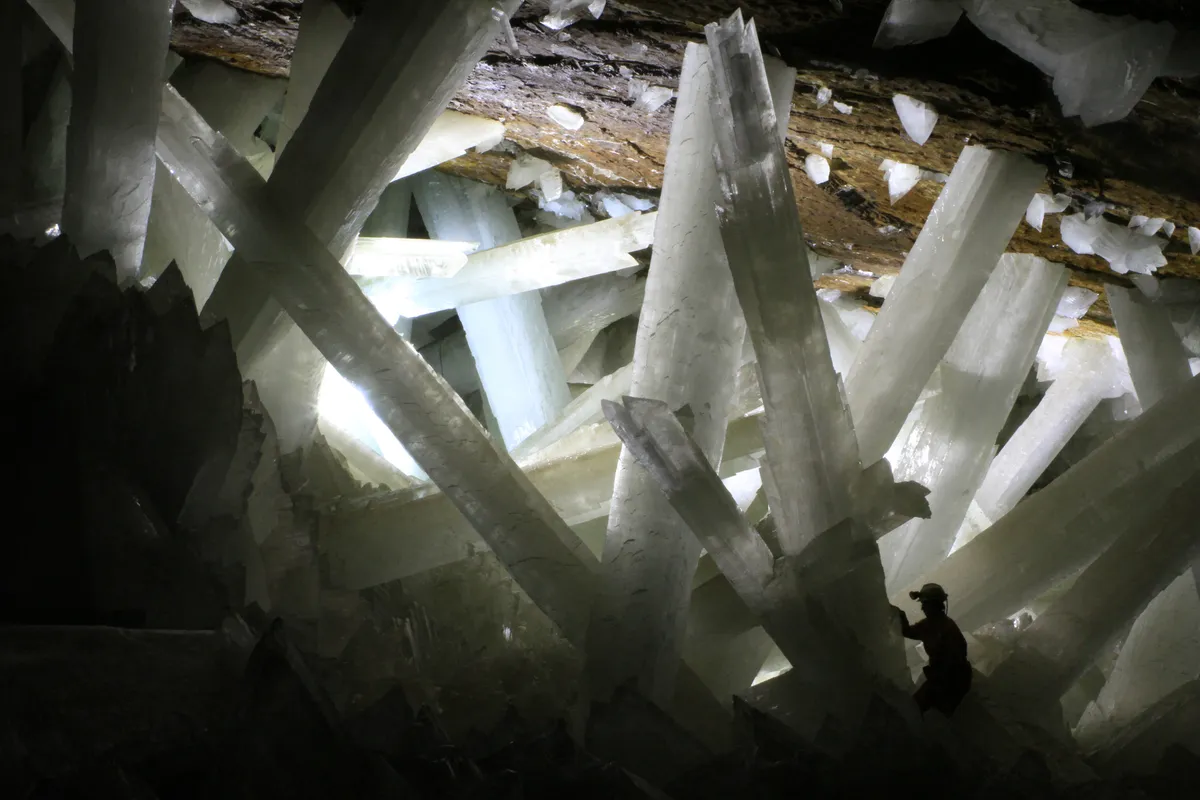
To explore the cave, researchers must wear heat-protective suits with breathing apparatus to withstand the conditions inside. Even with protective equipment, traversing the cavern is still hazardous due to the smooth and condensation-covered surfaces of the crystals. Gypsum, the mineral from which the crystals are made, has a Mohs scale of hardiness score of just 2, making them susceptible to breakage and movement under foot traffic.
Crystal Formation in the Cave of Crystals
Around 26 million years ago, the Sierra de Naica Mountain in Chihuahua, Mexico was formed by a mound of magma pushing against the Earth’s surface. The mountain contains several giant gypsum crystal caves, including the Cave of Crystals, which was filled with hot water rich in calcium sulfate. This provided the perfect conditions for crystal growth.
The dominant mineral in the cave system is a transparent variety of gypsum called selenite. Anhydrite, which forms in the presence of acid sulfide water and calcium ions, was also abundant in the hot cave waters. When the water temperature dropped, anhydrite dissolved and gypsum crystals began to form at around 58°C (136°F). The slowly dissolving anhydrite deposits provided enough calcium and sulfate to sustain the growth of the gypsum crystals.
-
Product on sale
 Gem Mining Kit 12 POUNDS of Adventure: Discover Gems and Minerals with our Authentic Mining Kit!Original price was: $85.$75Current price is: $75.
Gem Mining Kit 12 POUNDS of Adventure: Discover Gems and Minerals with our Authentic Mining Kit!Original price was: $85.$75Current price is: $75. -
Product on sale
 Gem Mining 8 POUNDS of Excitement: Discover Gems and Minerals with Our Authentic Kit!Original price was: $65.$55Current price is: $55.
Gem Mining 8 POUNDS of Excitement: Discover Gems and Minerals with Our Authentic Kit!Original price was: $65.$55Current price is: $55. -
 Peacock Ore Rough Stone – Chalcopyrite
Peacock Ore Rough Stone – Chalcopyrite$4$4
The neighboring Cave of Swords experienced a faster drop in temperature, causing smaller gypsum crystals to form. In contrast, the slower cooling of the water in the Cave of Crystals allowed fewer crystals to grow to much larger sizes.
Although research has been conducted to determine the exact reason for the growth of these large crystals, it is believed that their continued submersion in mineral-rich waters allowed them to grow for an estimated 500,000 to a million years.
In 2017, NASA microbiologists discovered microbes trapped in fluid inclusions within the crystals. The microbes were estimated to be around 50,000 years old and had likely been living off the crystals’ manganese and iron deposits.
Mining Activity Around Crystal Cave
The Sierra de Naica Mountain, with its rich reserves of lead, zinc, and silver, has been a hub of mining activity for many years. The more accessible Cave of Swords was discovered by miners in 1910 and was pillaged for a century. In order to reach the cave systems, miners had to pump out the mineral-rich waters that filled them. To do this, a lake was created near the town of Naica, and the equivalent of an Olympic-sized swimming pool was removed from the caves every 40 minutes.
While this gave access to miners and researchers, it also endangered the massive crystals’ stability as their lack of buoyancy could cause them to collapse under their weight. The removal of the water also disrupted the growth process of the gypsum crystals. In 2015, mining activities were ceased, and the caverns were allowed to gradually refill with water.
Currently, the water has not yet reached the Cave of Crystals, and it’s uncertain whether the water level will ever return to its previous height. However, the hope is that one day, the crystal-filled caves will be submerged once again, promoting the growth and repair of the world’s largest crystals.

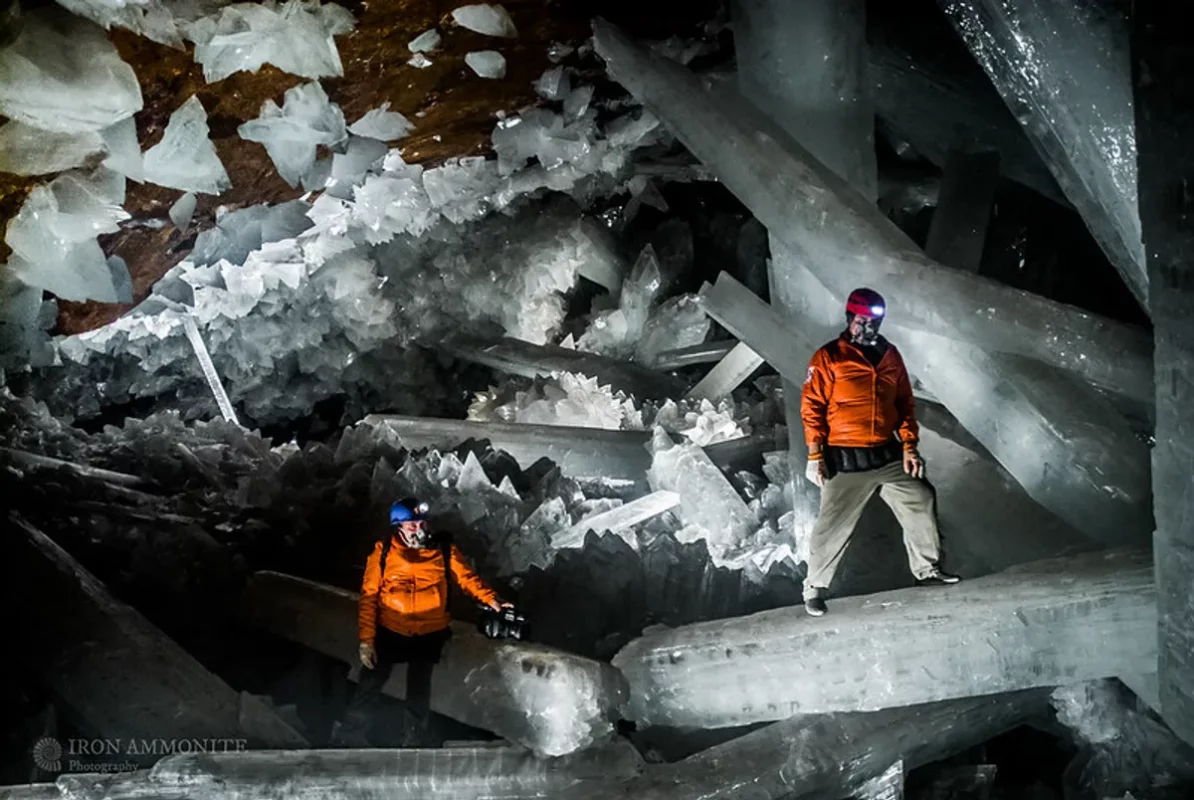
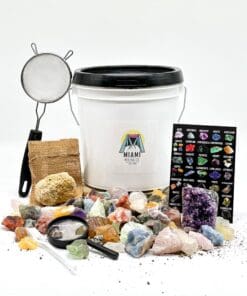
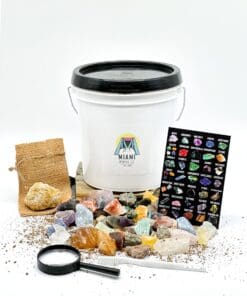
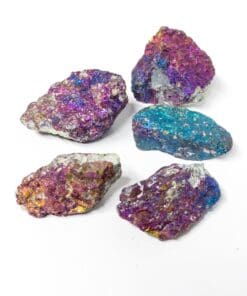
Merci pour ces informations très instructives et fascinantes !